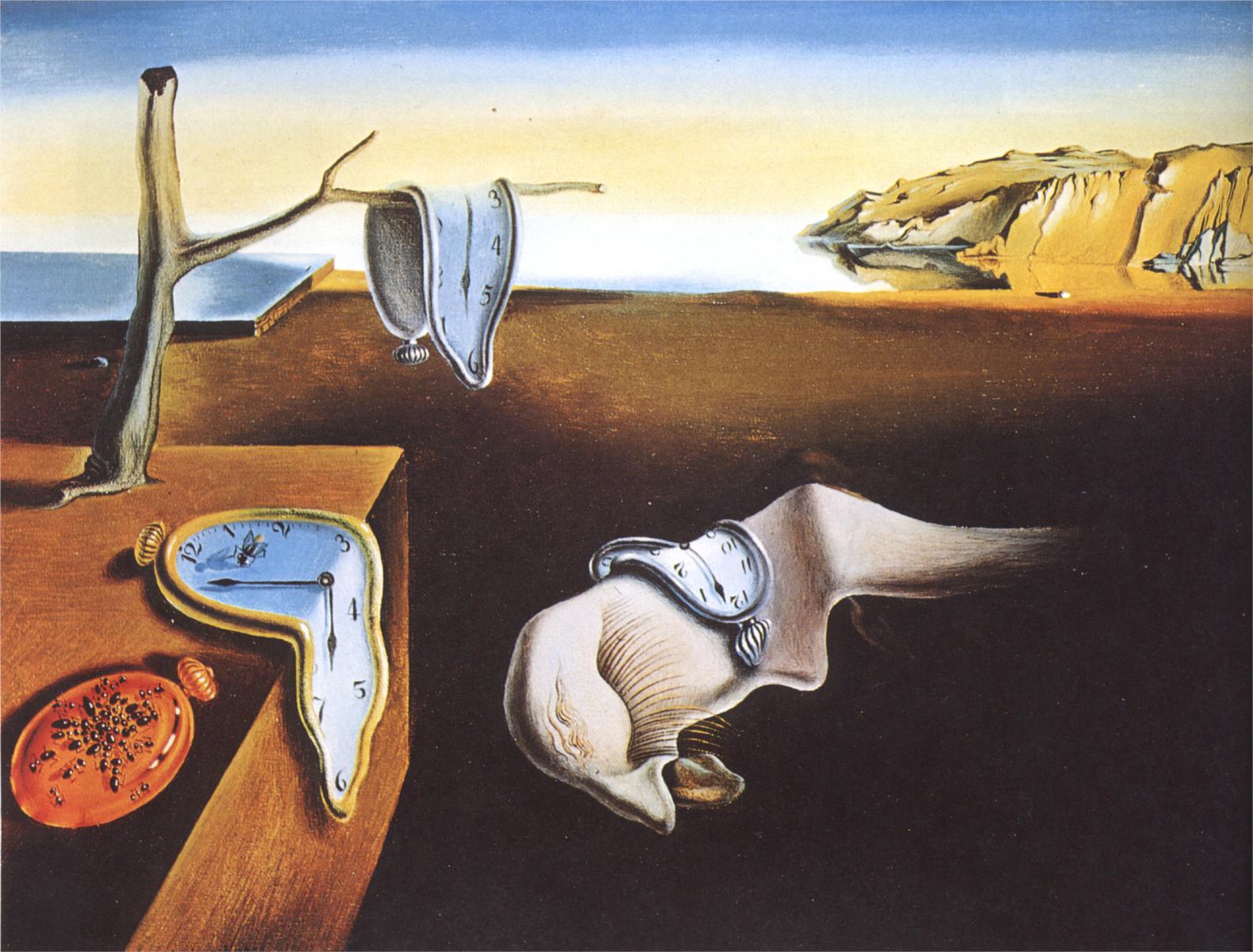



He also wrote fiction, poetry, autobiography, essays and criticism. He returned to Spain in 1948 where he announced his return to the Catholic faith and developed his “nuclear mysticism” style, based on his interest in classicism, mysticism and recent scientific developments.ĭalí’s artistic repertoire included painting, graphic arts, film, sculpture, design and photography, at times in collaboration with other artists. Dalí lived in France throughout the Spanish Civil War (1936 to 1939) before leaving for the United States in 1940 where he achieved commercial success. His best-known work, The Persistence of Memor y, was completed in August 1931, and is one of the most famous Surrealist paintings. He moved closer to Surrealism in the late 1920s and joined the Surrealist group in 1929, soon becoming one of its leading exponents. Influenced by Impressionism and the Renaissance masters from a young age, he became increasingly attracted to Cubism and avant-garde movements. This artwork, selected from an extensive portfolio of Dali’s famous oil paintings, reflects his interest on modern science‘s achievements, crossing physics’ abstract theories, including Einstein’s relativity perspective, which has challenged the idea of fixed space and time, and the research of Freud regarding the unconscious and the importance of the dreams.īorn in Figueres, Catalonia, Dalí received his formal education in fine arts at Madrid. Although painted in five hours, as he confessed, the “soft watches” – name often given to this artwork – became immediately one of the strongest and most characteristic icons of his work. The Persistence of Memory (Salvador Dali)Ībsolute landmark in the artistic culture, The Persistence of Memory is one of the most enigmatic works of Salvador Dalí.


 0 kommentar(er)
0 kommentar(er)
